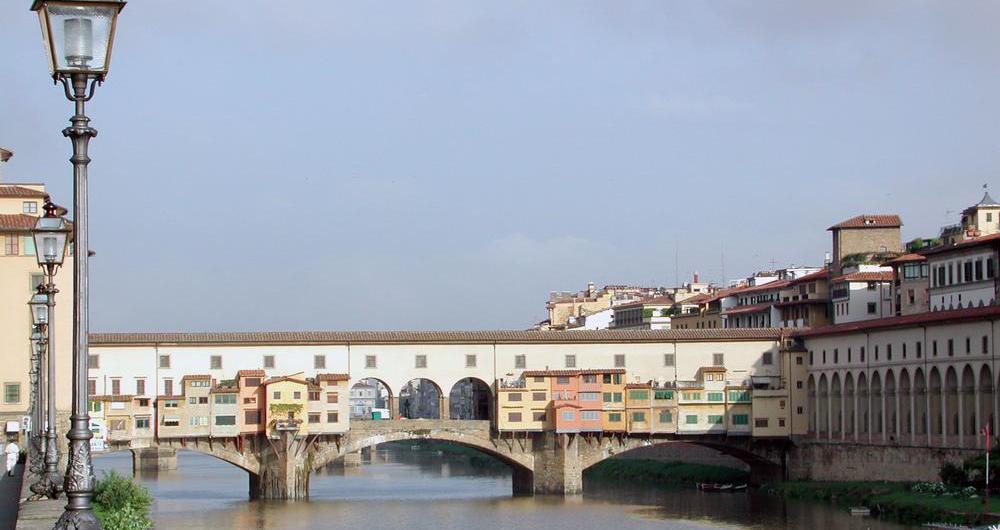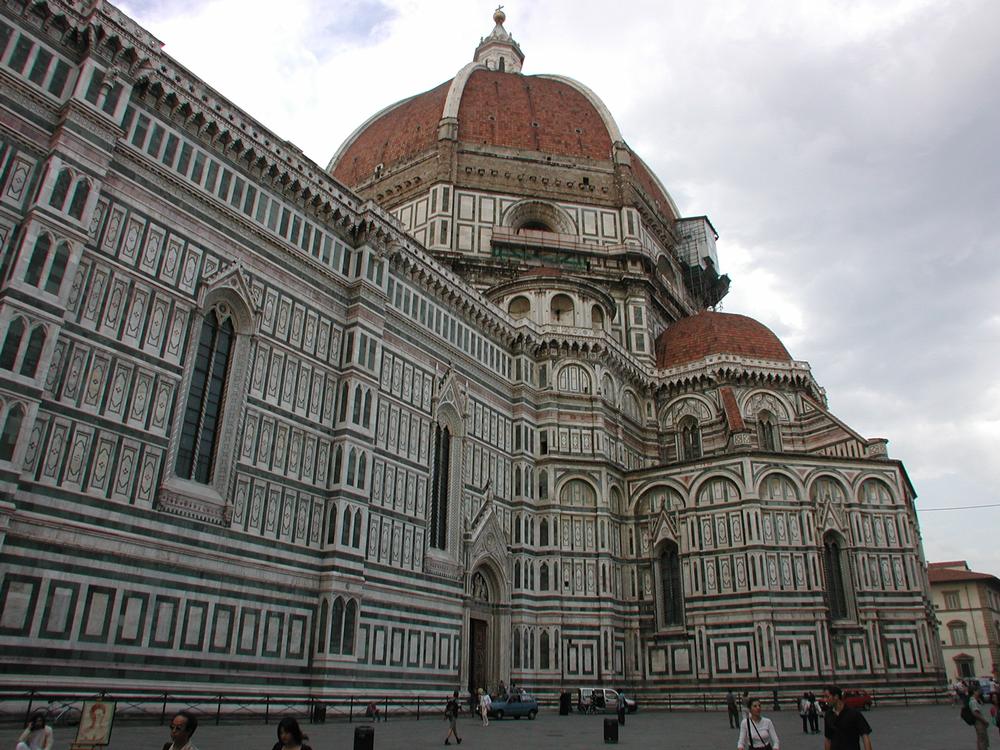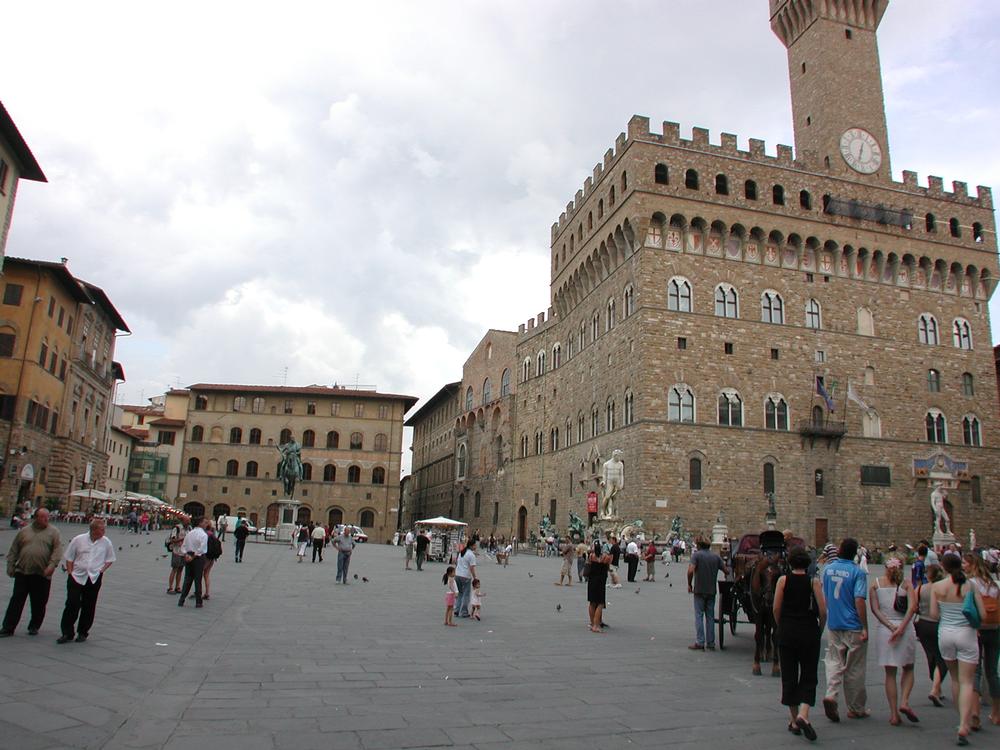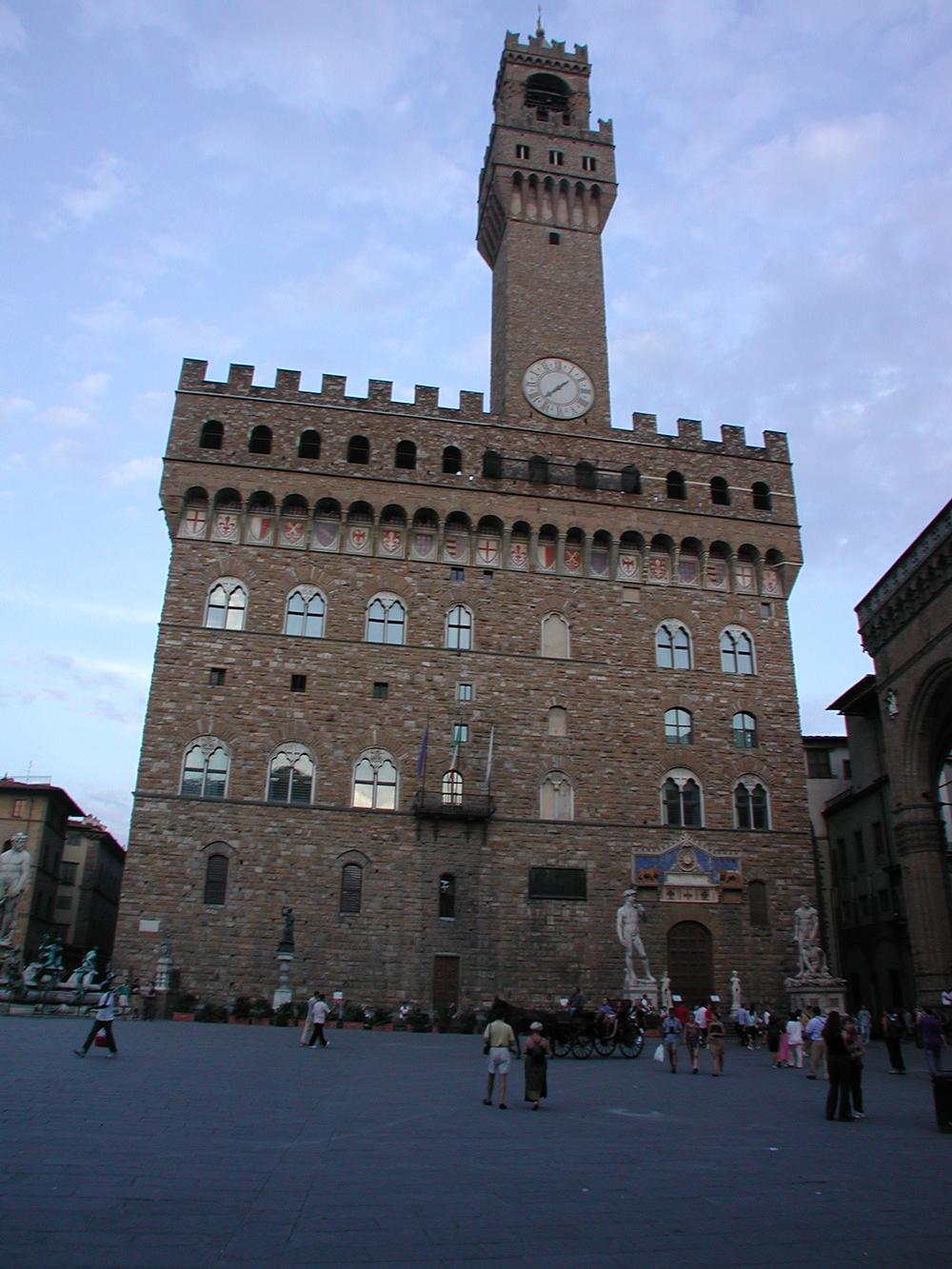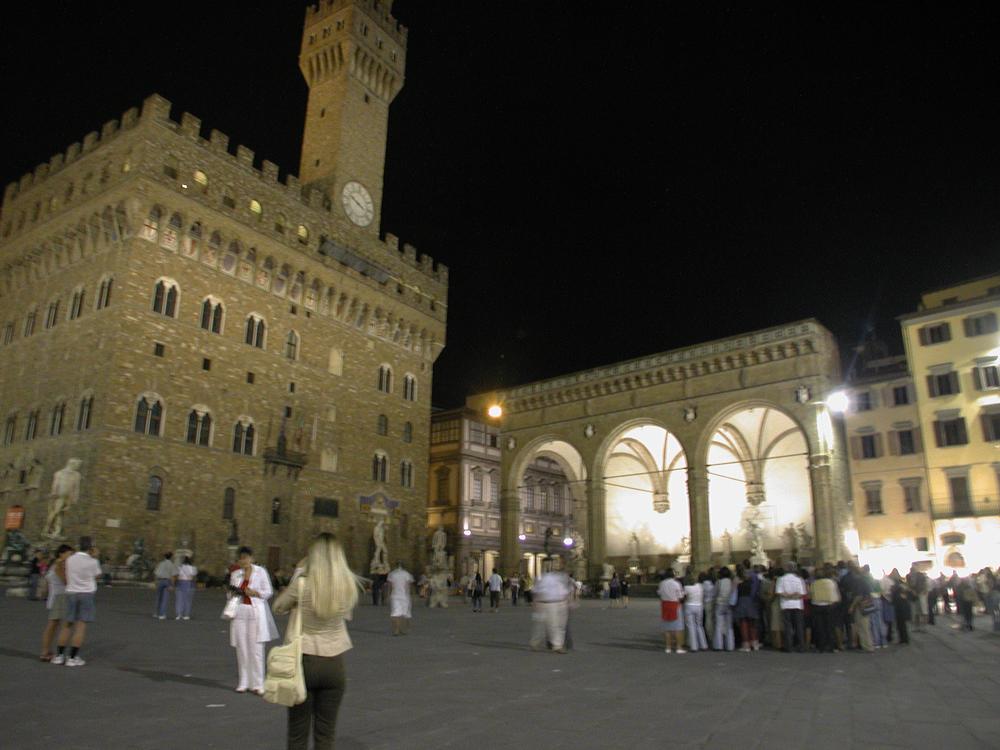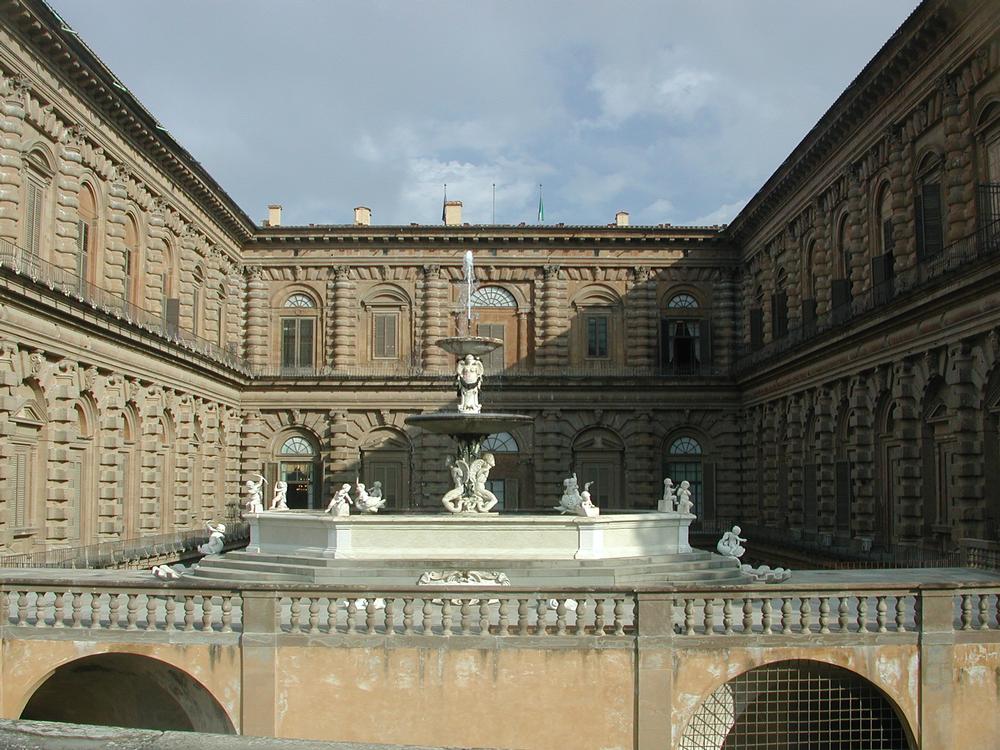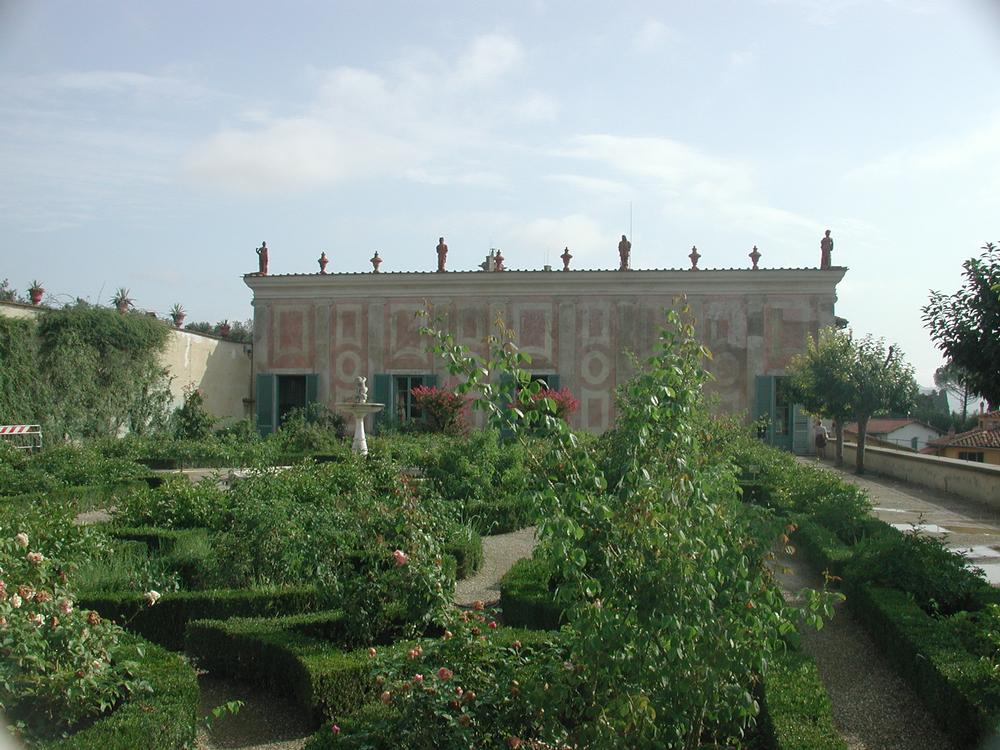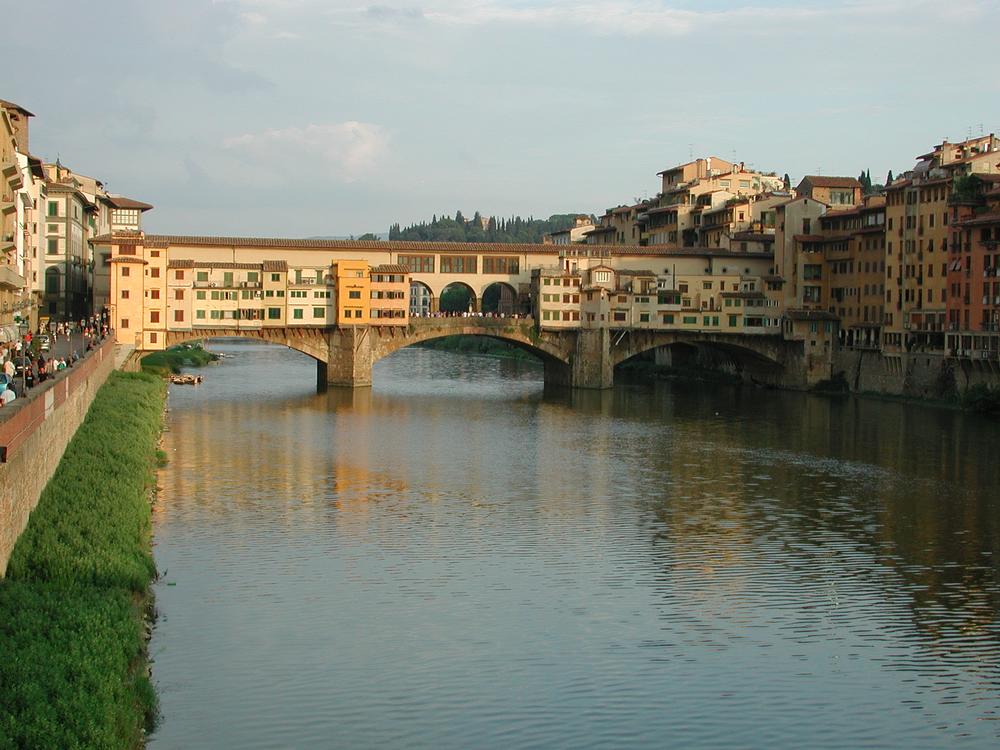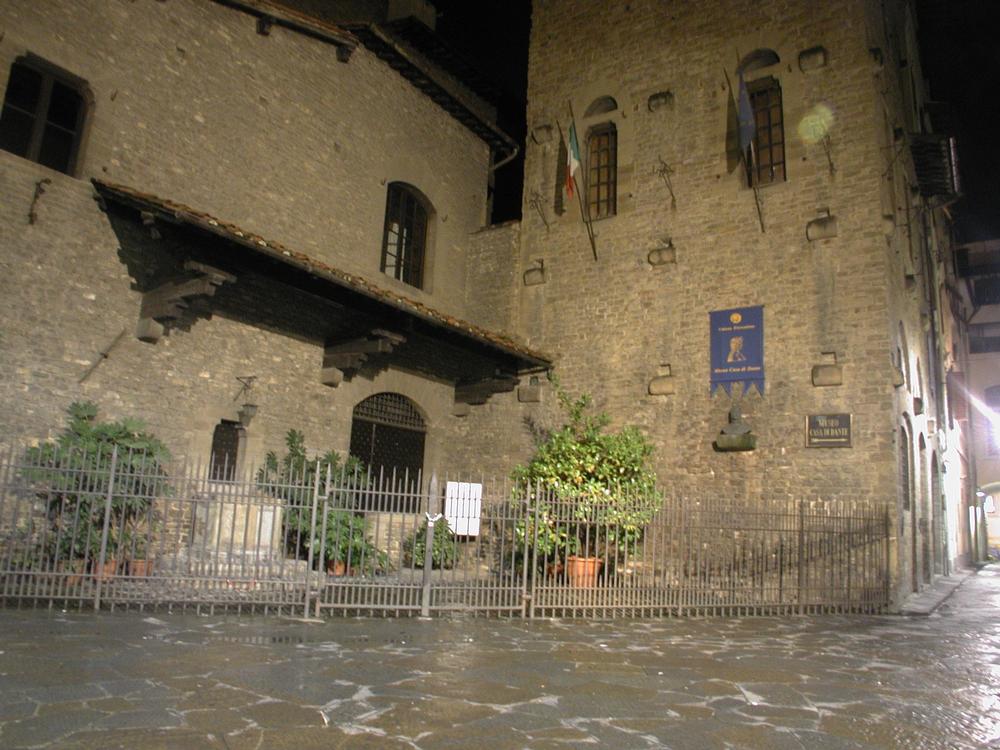Need a timeless escape into Renaissance beauty, Tuscan flavors, and world-class art? Head to Florence! The capital of Tuscany, Florence (Firenze) is a living museum with cobbled streets, red-tiled rooftops, and masterpieces on every corner. Whether you're admiring Michelangelo’s David, climbing the Duomo, or sipping wine on a sun-drenched terrace, this Italian gem is overflowing with beauty, romance, and culture.
Florence, Italy Highlights:
- For Art Lovers: See Michelangelo’s David at the Accademia Gallery – One of the most iconic sculptures in history, housed in a beautiful 18th-century museum.
- For Architecture Fans: Climb the Florence Cathedral (Duomo) – Brunelleschi’s dome offers unbeatable views of the city after a rewarding ascent.
- For Shoppers: Browse the San Lorenzo Market – Hunt for leather goods, handmade souvenirs, and Tuscan specialties.
- For Couples: Watch the sunset from Piazzale Michelangelo – Enjoy sweeping panoramic views of Florence’s skyline at golden hour.
- For Families: Visit the Boboli Gardens – Stroll through historic formal gardens with sculptures, fountains, and open green spaces behind the Pitti Palace.
When I like to visit Florence, Italy
The best time to visit Florence is in spring (April–June) and fall (September–October), when the weather is mild, crowds are manageable, and local festivals are in full swing. Summer (July–August) is hot and crowded, while winter offers fewer tourists and cozy vibes, perfect for museum-hopping and hearty Tuscan meals.
Tips for getting to Florence, Italy
- By Air: Florence Airport (FLR) is the nearest, about 20 minutes from the city center. You can also fly into Pisa (PSA) or Bologna (BLQ) and take a train.
- By Train: Santa Maria Novella Station (SMN) is Florence’s main rail hub, with high-speed trains from Rome, Venice, Milan, and more.
- By Car: Not recommended for central Florence due to limited traffic zones (ZTL); better to park outside and walk in or use taxis.
Where I like to stay in Florence, Italy
- Recommended for Families: Hotel Glance Florence – Stylish and modern with a rooftop pool, close to Mercato Centrale and the train station.
- For Couples: Hotel Brunelleschi – A romantic boutique hotel inside a medieval tower, steps from the Duomo.
- For a Budget Stay: Plus Florence – A clean, sociable hostel with private rooms and a pool, great for young travelers.
Best Things to Do in Florence, Italy
Where I Like to Eat in Florence, Italy
- Recommended for Families: Trattoria ZaZa – Fun, flavorful, and centrally located with classic Tuscan comfort food and outdoor seating.
- For Fine Dining: Enoteca Pinchiorri – Michelin-starred excellence with fine wine pairings and elegant Italian cuisine.
- For a Casual Meal: All’Antico Vinaio – Famous for massive, mouthwatering panini served on freshly baked schiacciata bread.
My favorite local events:
- For Culture Fans: Scoppio del Carro (Explosion of the Cart) (Easter Sunday) – A spectacular centuries-old tradition involving fireworks outside the Duomo.
- For Music Lovers: Firenze Rocks (June) – Major rock music festival attracting international headliners and fans from across Europe.
- For History Buffs: Calcio Storico (June) – Watch an ancient, intense sport that mixes soccer and wrestling in historic costumes in Piazza Santa Croce.
Day Trip Itineraries Within 30–90 Minutes of Florence, Italy:
- For Wine Lovers: Chianti Wine Region (30–60 min) – Tour vineyards, sample bold reds, and enjoy rolling Tuscan landscapes.
- For Renaissance Fans: Pisa (1 hr) – Snap that classic photo with the Leaning Tower and stroll the Piazza dei Miracoli.
- For Medieval Charm: San Gimignano (1 hr 15 min) – Discover towers, gelato, and hilltop views in this walled Tuscan gem.
- For Art & Relaxation: Fiesole (20–30 min) – Just above Florence, enjoy Roman ruins, art, and stunning views without the crowds.
- For Seaside Adventure: Livorno (90 min) – Visit the Mediterranean coast, enjoy seafood, and hop on a boat tour through historic canals.
Plan Your Trip


